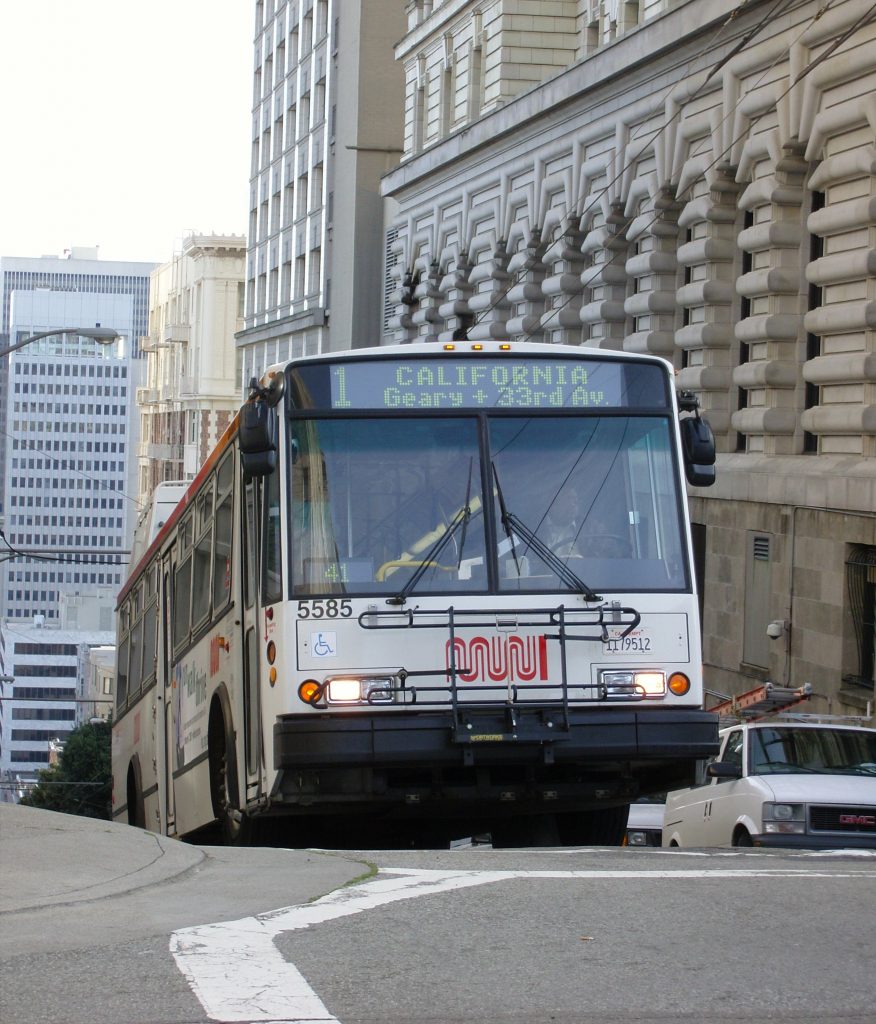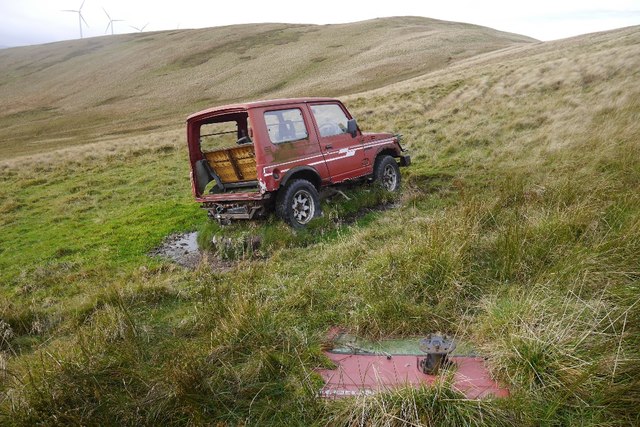You have probably already had your car brakes lock during a restart. Now you know, this is not a breakdown here, and you are not necessarily at fault because this is the effect of a component of your vehicle – the hill start aid.
Hill-Start Aid: Definition
The hill start assist helps you by locking the brakes until you re-engage; once the vehicle is in the driving phase, the system gradually releases the brakes.
The restart on a hillside is far from being controlled by all drivers: it is difficult to prevent the vehicle from backing up at this precise moment; moreover, the maneuver requiring coordination of movement between the accelerator, brake, and clutch pedals often results in an unexpected engine stall.
Hill-Start Aid: Usefulness

This useful hill start aid prevents crumpled sheet metal stalling and stress for the driver in difficult situations. It is an automatic self-adaptive system without manual intervention, which is inexpensive.
This system has practically no disadvantages since it does not affect the weight or size of the vehicle and very little technical complexity of the car. The only problem is that it is almost impossible to install it on a vehicle that was initially not equipped.
Hill-Start Aid: How It Works

The constitutive elements of hillside start-up aid
There are sensors, ECUs, and actuators in a hill start assistance system, the functions of which are detailed below:
– Wheel sensors are hall effect or magneto-resistive sensors common to ABS and ESP systems (wheel anti-lock and traction control systems), sensitive to very low wheel speeds, which detect the initiation of wheel movement in reverse for system engagement and wheel rotation forward for disengagement. They are of two kinds:
◦ a vehicle inclination sensor indicating the slope gradient;
◦ sensors for accelerator and clutch pedal position sensors detecting engine load and clutch point.
The hill start assist computer is often the same as the ABS-ESP computer with this function (it can also integrate emergency braking);
The actuators are the hydraulic unit of the ABS, which generates the pressure to lock the brakes or the electric hand brake motors that operate the brake calipers.
It goes without saying that such equipment cannot do without electronics. As with all intelligent systems in the vehicle, the operating principle of this technology is as follows:
The sensors transform physical quantities (pressure, position, speed, temperature, etc.) into electrical signals and send this information to the ECU;
The ECU sorts this information and electrically controls the actuators accordingly;
The latter, which are windings (electric motors, ignition coil, injectors, relays, etc.), transform the electrical energy received into mechanical action.
Hill-Start Assistance: Cost and Maintenance

This system is often offered as standard on the vehicle with ABS-ESP, and if it is optional, the extra cost is usually minimal, around $100.
System maintenance is minimized as it is an integrated function, requiring no additional components on the vehicle.
A malfunction will, therefore, result from a failure of the ABS and ESP components, causing their operation to be disabled by the electronics controller.
Discover the world of cars and motors through this blog. From simple car hacks to great tips on car maintenance, there is a plethora of articles to read and apply.

